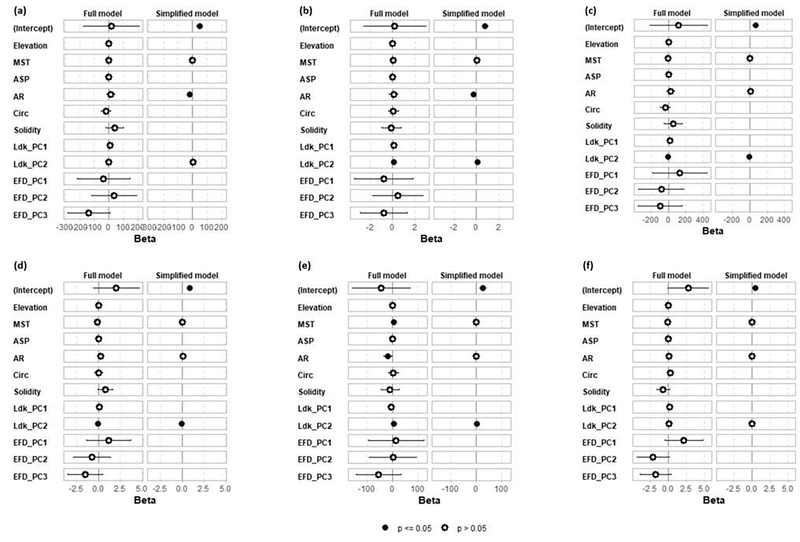Leaf shape modulates climate trait relationships in the wild species Chenopodium hircinum (Amaranthaceae)

Leaf shape modulates climate trait relationships in the wild species Chenopodium hircinum (Amaranthaceae)
Rodriguez, J.; Quipildor, V.; Giamminola, E.; Bramardi, S.; Jarvis, D.; Maughan, J.; Xu, J.; Farooq, H.; Ortega-Baes, P.; Jellen, E.; Tester, M.; Bertero, D.; Curti, R. N.
AbstractUnderstanding how leaf morphology mediates plant responses to environmental variation is essential for predicting species adaptability under climate change. In this study, we investigated natural variation in leaf shape and associated functional physiological traits (FPTs) across populations of Chenopodium hircinum grown in a common garden. We found that leaf shape strongly correlates with the climatic conditions of population provenance, while functional and physiological traits are independently associated with morphology rather than directly with climate. Landmark-based morphometric analysis revealed that the second principal component, distinguishing deeply lobed from rounded leaves, is significantly linked to key traits such as leaf mass per unit area (LMA) and stomatal conductance. These relationships suggest that morphology mediates a functional continuum between resource-use strategies. Notably, within-population phenotypic variation accounted for much of the observed trait diversity, underscoring the role of individual-level phenotypic plasticity in shaping ecological function. Our results challenge traditional views on the thermoregulatory role of leaf lobation and highlight morphology as a central axis of adaptation. This work advances understanding of trait integration in response to environmental heterogeneity and suggests that plasticity in leaf shape and function may enhance resilience of C. hircinum across its native range.